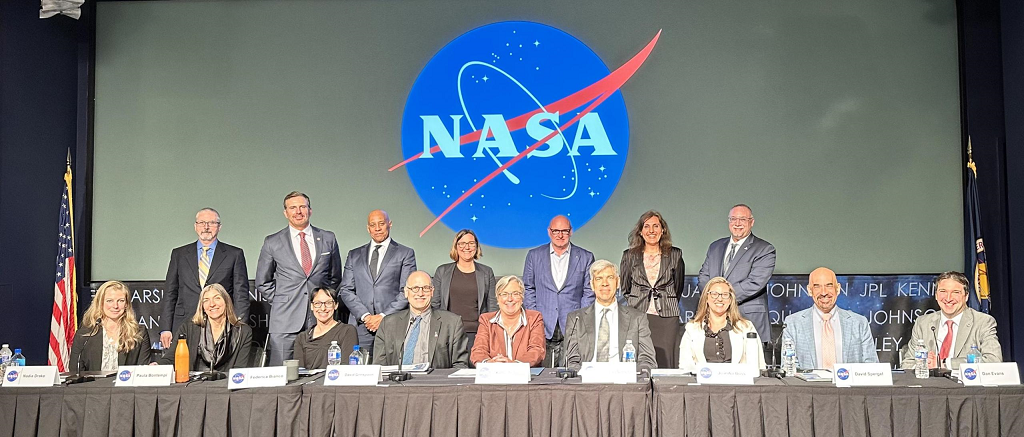NASA has ushered in a new era of exploration into the unknown by appointing Mark McInerney as the Chief of UAP (Unidentified Anomalous Phenomena) Studies. This role will see McInerney spearheading NASA’s efforts to delve deeper into the mysteries of UAPs, which include not just the traditional UFOs but also uncharted occurrences in space, underwater, and those that traverse these realms.
McInerney’s Background and New Responsibilities
Before this pivotal appointment, McInerney was instrumental in bridging NASA’s communications with the U.S. Department of Defense. As he steps into this significant role, his primary objective will be to streamline NASA’s UAP research and “create a comprehensive database to facilitate future UAP evaluations,” as per an official NASA release. Furthermore, McInerney will be leveraging NASA’s prowess in artificial intelligence and satellite-based Earth observations to assist the U.S. government in gathering data that could potentially shed light on the enigmatic UFO occurrences.
NASA’s Stance on UAP Research and Public Concerns
During a recent press conference on September 14th, NASA initially refrained from revealing the identity of the new UAP director. This decision was influenced by concerns over online threats and harassment faced by members of NASA’s UAP research committee. Dan Evans, a senior official at NASA’s Science Mission Directorate, emphasized the importance of safeguarding scientific freedom and integrity. He stated, “For science to thrive, it requires an environment of free thought and a rigorous, rational approach. The undue online threats faced by our team members have been deeply concerning.”
A Positive Outlook Despite Challenges
Despite the challenges, NASA remains hopeful about the future of UAP research. Nicola Fox, a top executive at NASA’s Science Mission Directorate, expressed her optimism about McInerney’s appointment, stating that his leadership would be instrumental in “offering direction, expertise, and a structured approach for NASA and the broader federal community to demystify the unidentified.”
Key Findings and Future Directions
In the report released on September 14th, NASA’s UAP research team highlighted the limitations of current UAP analyses, citing issues like inadequate data quality and the absence of comprehensive baseline data. While the team did not find any concrete evidence pointing towards an extraterrestrial origin for UAPs, NASA Administrator Bill Nelson emphasized the need for further exploration. He remarked, “While we haven’t pinpointed the origins of these UAPs, it’s evident that there’s much more to uncover.”

